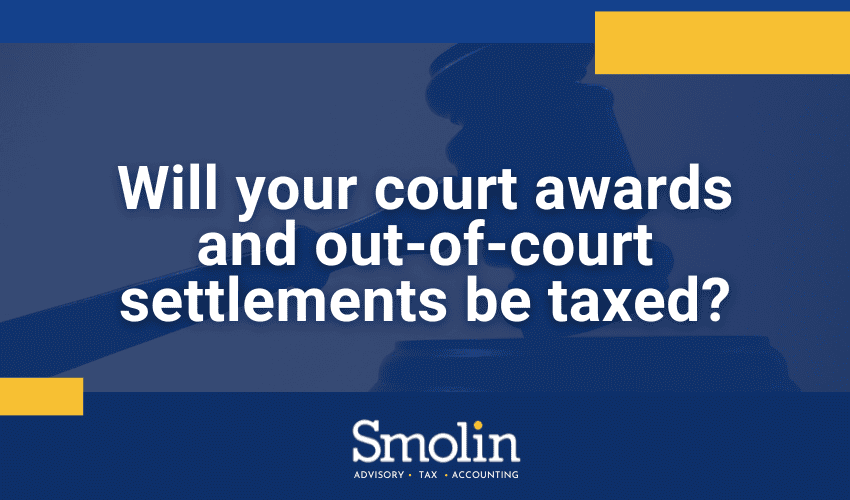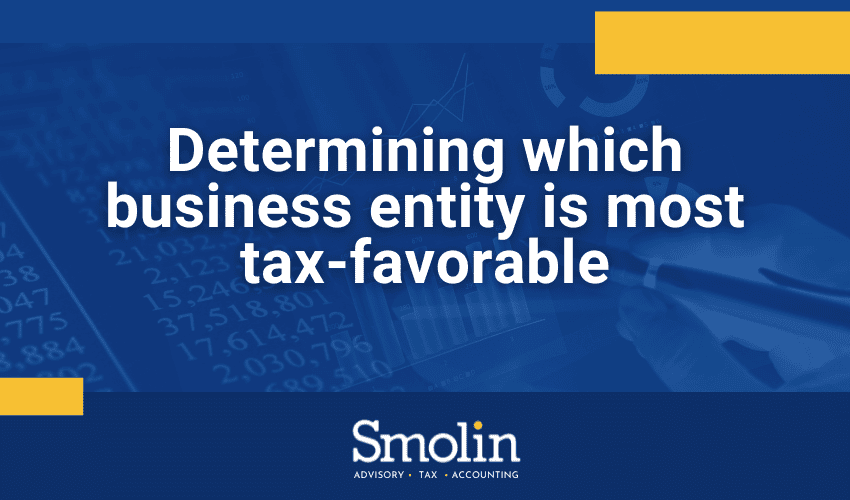If you wish to leave a charitable legacy while still generating income during your lifetime, a charitable remainder trust, or CRT, could be a viable solution.
In addition to an income stream, CRTs offer an up-front charitable income tax deduction, as well as a vehicle for disposing of appreciated assets without immediate taxation on the gain. Plus, unlike certain other strategies, charitable remainder trusts become more attractive if interest rates are high. You may be considering this option as interest rates have been climbing.
How these trusts work
A charitable remainder trust is an irrevocable trust to which you contribute stock or other assets. The trust pays you, your spouse, or other beneficiaries income for life or for a term of up to 20 years, then distributes the remaining assets to one or more charities.
When you fund the trust, you’re entitled to a charitable income tax deduction (subject to applicable limits) equal to the present value of the charitable beneficiaries’ remainder interest.
Types of charitable remainder trusts
There are two types of CRTs, each with its own pros and cons. A charitable remainder annuity trust (CRAT) pays out a fixed percentage of the trust’s initial value, ranging from 5% to 50%. CRATs do not allow additional contributions once it’s funded.
A charitable remainder unitrust (CRUT) pays out a fixed percentage of the trust’s value, also ranging from 5% to 50%, but the value is recalculated annually, and you will be allowed to make additional contributions.
CRATs offer the advantage of uniform payouts, regardless of fluctuations in the trust’s value.
CRUTs, on the other hand, allow payouts to keep pace with inflation because they increase as the trust’s value increases. CRUTs have the advantage of allowing you to make additional contributions, but you may want to consider the potential disadvantage that your payouts shrink if the trust’s value declines.
CRTs and a high-interest rate environment
To ensure that CRTs are used as legitimate charitable giving vehicle, the IRS requires that the present value of the charitable beneficiaries’ remainder interest be at least 10% of the trust assets’ value when contributed.
Calculating the remainder interest’s present value is complicated, but it generally involves estimating the present value of annual payouts from the trust and then subtracting that amount from the value of the contributed assets.
The calculation is affected by several factors, including the length of the trust term (or the beneficiaries’ ages if you choose to make payouts for life), the size of annual payouts, and an IRS-prescribed Section 7520 rate. If you need to increase the value of the remainder interest to meet the 10% threshold, you may be able to do so by shortening the trust term or reducing the payout percentage.
In addition, the higher the Sec. 7520 rate is at the time of the contribution, the lower the present value of the payouts and, therefore, the larger the remainder interest.
In past years, rock-bottom interest rates made it difficult, if not impossible, for many CRTs to qualify. But as interest rates soared, it has become easier to meet the 10% threshold and increase annual payouts or the trust term without disqualifying the trust.
Is now the time for a CRT? Smolin can help.
If you’ve been exploring options for satisfying your charitable goals while generating an income stream for yourself and your family, now may be an ideal time to consider a charitable remainder trust. Contact us if you have questions.









